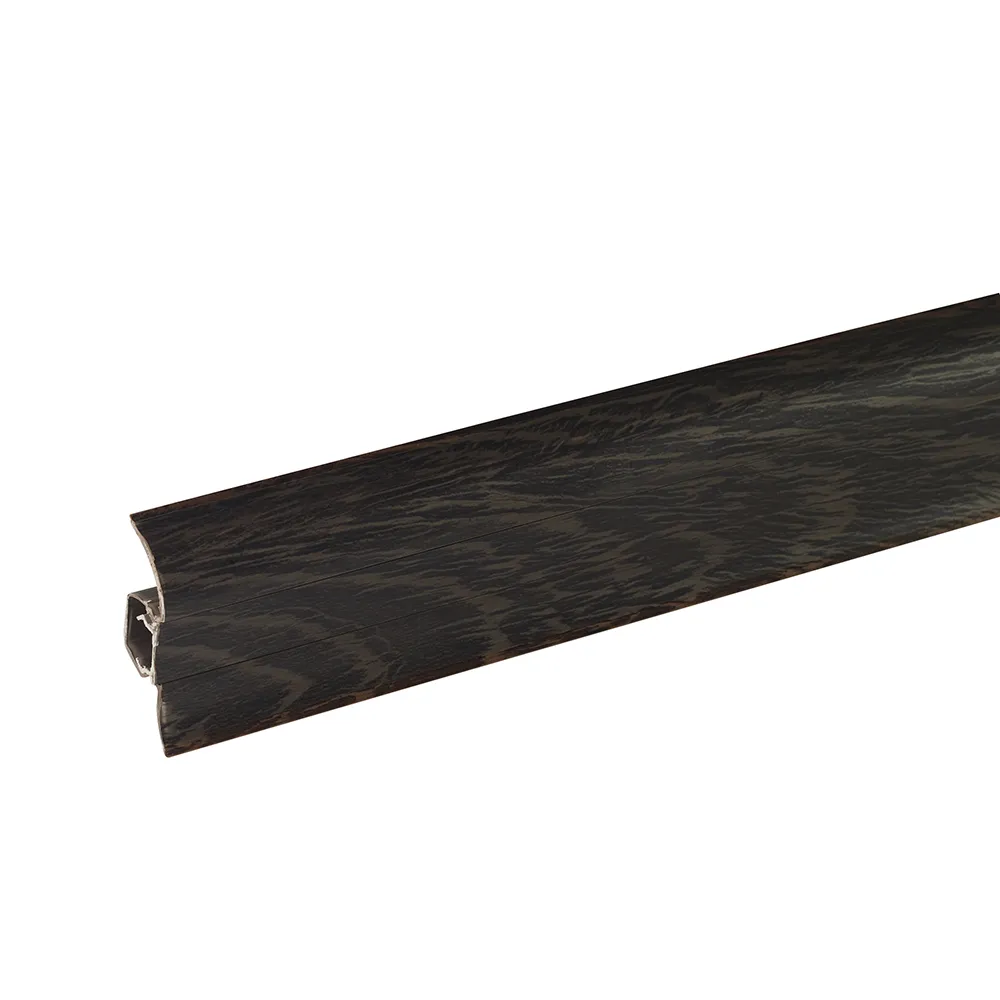Four Categories of Flooring Options Explained in Detail
Exploring the Four Types of Floors A Comprehensive Guide
When it comes to interior design and architecture, the type of flooring you choose can significantly impact not only the aesthetics of a space but also its functionality. With an array of options available, it’s essential to understand the four primary types of floors commonly utilized in residential and commercial settings hardwood, laminate, tile, and carpet. Each flooring type has its unique characteristics, benefits, and drawbacks.
1. Hardwood Floors
Hardwood floors are synonymous with elegance and timeless beauty. Made from solid wood planks, they impart a warm, inviting ambiance to any room. One of the most significant advantages of hardwood flooring is its durability; when properly maintained, it can last for decades, even centuries. It can be refinished multiple times to restore its original luster.
However, hardwood floors come at a higher price point compared to other materials, and they can be susceptible to scratches and water damage. This means that they might not be the best choice for high-moisture areas like bathrooms or basements. Additionally, hardwood requires regular maintenance, including cleaning and occasional refinishing, to keep it looking its best.
If you desire the look of hardwood but are working within a budget, laminate flooring is an excellent alternative. Laminates are composed of multiple layers, including a photographic image of hardwood, making them visually appealing and often indistinguishable from real wood.
Laminate is highly resistant to scratches and moisture, which makes it a practical choice for households with pets or children. Its easy installation process is another appealing feature, as it can often be laid over existing floors with minimal preparation. However, while laminate can mimic the appearance of wood, it doesn’t provide the same warmth and feel. Additionally, once damaged, laminate cannot be refinished like hardwood.
enlio 4 types of floors

3. Tile Floors
Tile flooring is remarkably versatile and can fit a wide range of aesthetics, from traditional to modern. Available in various materials like ceramic, porcelain, and natural stone, tile is highly durable and resistant to scratches, stains, and moisture. This resilience makes it a favored choice for kitchens and bathrooms.
Another advantage of tile is its variety of colors, patterns, and textures, offering limitless design possibilities. However, tile can be cold and hard underfoot, which may not appeal to everyone. Additionally, the grout lines between tiles can be challenging to clean and maintain over time.
4. Carpet Floors
Carpet flooring provides a soft and comfortable surface that is particularly appealing in bedrooms and living areas. It offers sound insulation and warmth, making it a cozy choice for any space. With an extensive range of colors, patterns, and pile heights, carpets allow for personalization to match any decor.
Despite its appealing attributes, carpet requires more maintenance than other flooring types. It can trap allergens and dust, necessitating regular vacuuming and deep cleaning. Moreover, it may not be suitable for high-traffic areas without significant wear and tear, and spills can lead to stains if not addressed promptly.
Conclusion
Choosing the right flooring type is a crucial aspect of any home or business design. While each flooring option—hardwood, laminate, tile, and carpet—offers its distinct advantages and disadvantages, the ideal choice ultimately depends on factors such as budget, lifestyle, and aesthetic preference. By understanding these four types of floors, homeowners and builders alike can make informed decisions that enhance both the beauty and functionality of their spaces.
-
SPC Vinyl FlooringJul.18,2025
-
Home SPC FlooringJul.18,2025
-
Heterogeneous Sheet Vinyl: The Ultimate Commercial Flooring SolutionJul.15,2025
-
Dry Back LVT Flooring: A Durable and Stylish Flooring SolutionJul.15,2025
-
Click LVT Flooring: A Stylish and Convenient Flooring SolutionJul.15,2025
-
SPC FlooringJun.24,2025




